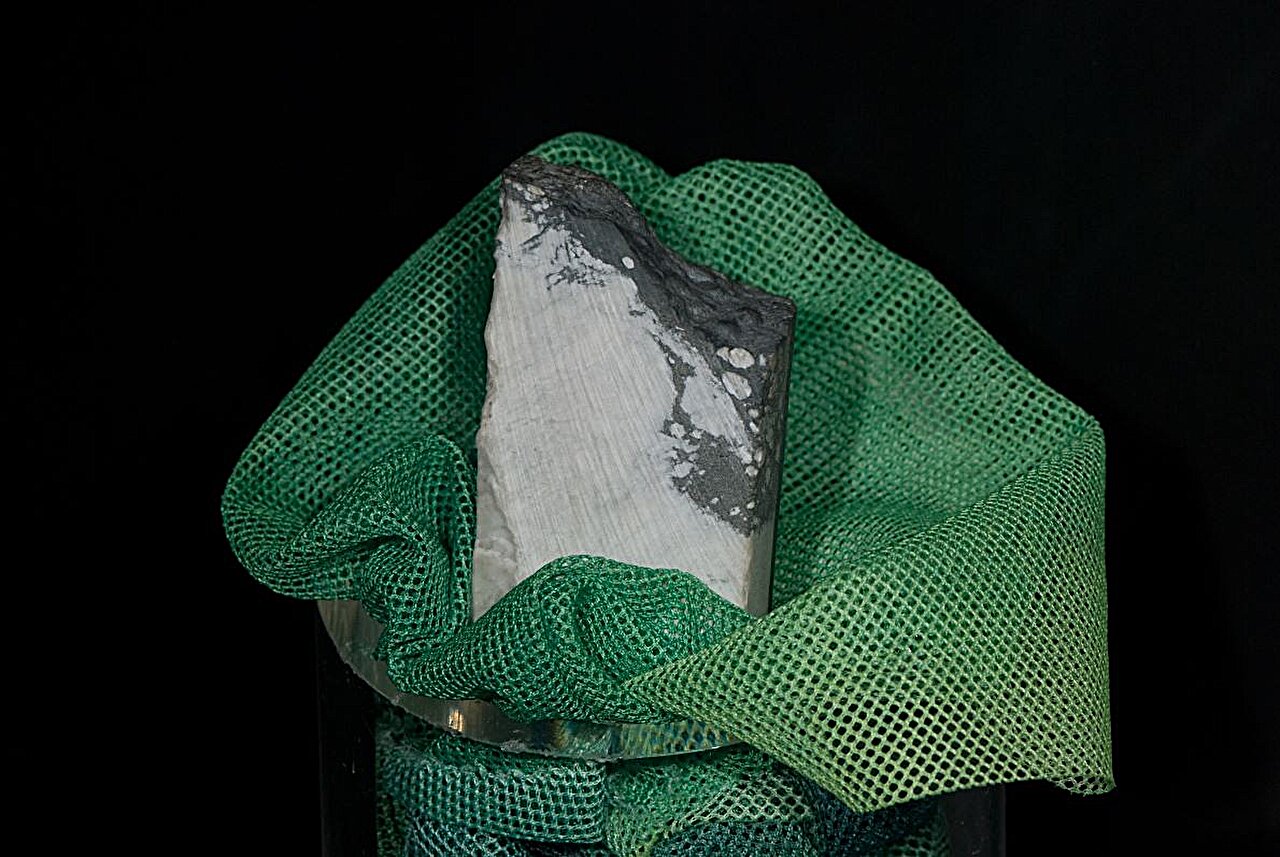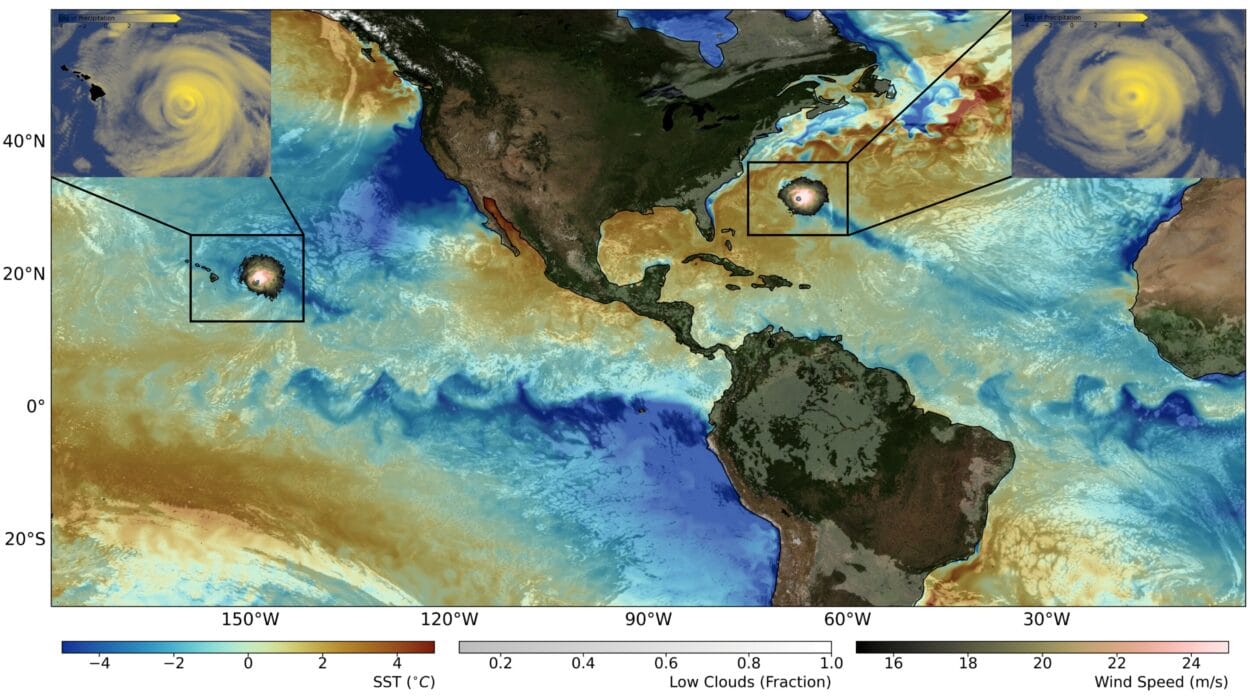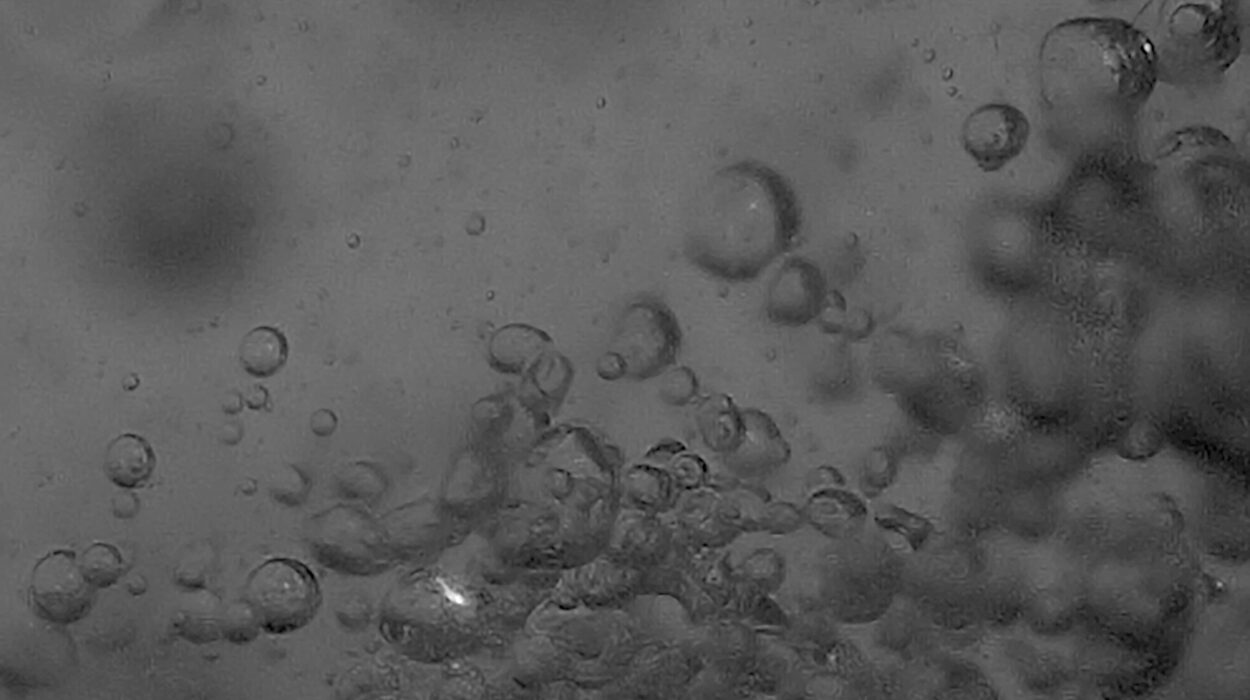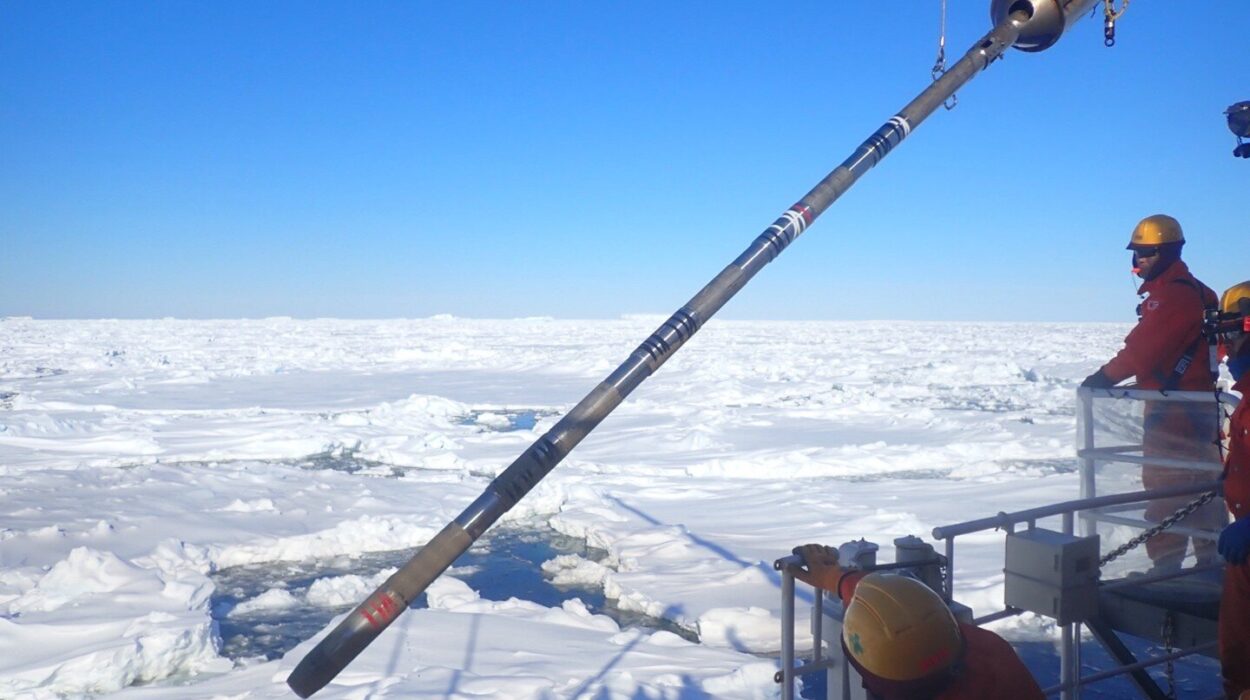In 2004, deep in the Jadar Valley of western Serbia, a curious white mineral was unearthed that would, in an unusual twist of science and science fiction, capture headlines around the world. Its chemical composition resembled kryptonite—Superman’s mythical Achilles’ heel—down to a near-perfect match in formula. But far from fantasy, this real-life mineral holds promise not to weaken superheroes, but to power electric vehicles, smartphones, and the clean energy transition sweeping across Europe.
Now, scientists from London’s Natural History Museum have finally cracked one of Earth’s strangest geological puzzles: how this rare mineral, known as jadarite, is formed. The answer, it turns out, is as complex and precise as the mineral itself—a geological alchemy that may help pave the way for more sustainable lithium mining.
A Rare Mineral with an Extraordinary Origin
Jadarite, rich in lithium and boron, has so far only been found in a single location on Earth: the Jadar Basin in Serbia. Despite being chemically unique and economically significant, it has remained a geological enigma for nearly two decades.
Museum geologists, including Dr. Francesco Putzolu and Dr. Robin Armstrong, set out to decode its origin story. Their findings, published in Nature Geoscience, reveal a delicate and highly specific set of circumstances that must align—perfectly—for jadarite to form. And the odds, they’ve found, are astronomically low.
“Similar to baking a cake, everything needs to be measured and exact for this rare mineral to form,” said Dr. Putzolu. “If the ingredients are even slightly off—too acidic, too cold, too clay-rich—jadarite simply doesn’t happen. It’s a geological unicorn.”
The Secret Recipe of Jadarite
According to the researchers, jadarite is born from a tight interplay of volcanic and sedimentary processes. It all begins with lithium-rich volcanic glass—material spewed from ancient eruptions—that settles in a calm, alkaline lake. Over time, this glass must interact with a very particular type of clay, under just the right chemical and thermal conditions. Only then does the magic happen: the glass and clay slowly metamorphose into jadarite’s signature crystalline structure.
This process likely occurred around 15 to 20 million years ago, when the region’s ancient basin served as a cradle for geological experimentation by nature herself.
“This environment is incredibly rare,” said Dr. Armstrong. “It’s not just about having lithium in the rock. You need the right lake chemistry, the right volcanic material, the right balance of temperatures and pH, and even the right kind of clay minerals undergoing transformation at just the right moment.”
In essence, the Earth had to follow a recipe with no room for improvisation. That’s likely why we haven’t found jadarite anywhere else—not yet.
Why It Matters: Lithium and the Green Revolution
While jadarite’s early fame came from its comic-book connections, its current relevance is far more grounded—and urgent. As Europe accelerates its shift toward electric vehicles and renewable energy storage, demand for lithium has soared. Lithium-ion batteries are the beating heart of a decarbonized future, but sourcing lithium sustainably remains a critical challenge.
Traditional lithium mining, especially from hard rock minerals like spodumene in Australia and South America, often comes with steep environmental costs: high energy use, large water consumption, and ecological disruption.
Jadarite, however, offers a cleaner path. It contains both lithium and boron, making it highly concentrated and efficient. It also lends itself to lower-energy extraction methods—if it can be mined responsibly.
“If mined, jadarite can offer huge potential,” said Dr. Armstrong. “But more importantly, understanding exactly how it forms brings us closer to identifying other possible deposits—or even replicating the conditions in the lab to discover synthetic or substitute materials.”
Could There Be More Jadarite?
The study’s findings don’t just illuminate the past; they provide a roadmap for the future. By recreating the exact chemical and environmental conditions that formed jadarite in Serbia, researchers may one day locate similar environments on Earth that have gone unnoticed—or that could one day produce new deposits.
The idea may sound ambitious, but it’s grounded in solid science. Geologists around the world are now turning to advanced modeling and lab simulations to recreate ancient environments, with hopes of spotting the same “perfect storm” of conditions that birthed jadarite in the Jadar Basin.
“Understanding formation conditions is step one,” Dr. Putzolu emphasized. “If we can predict where the right chemistry and climate existed millions of years ago, we can start searching those regions for similar signatures.”
It’s not unlike tracking a fossil trail, except instead of bones and footprints, scientists are chasing chemical whispers buried deep in the Earth’s crust.
A Mineral That Bridges Worlds
Jadarite sits at a rare intersection—between fantasy and science, geology and green technology, the past and the future. What started as a curious mineral that resembled Superman’s fictional foe has become a key player in humanity’s real-life race to build a sustainable planet.
And in many ways, its story mirrors the story of modern science itself: humble discovery, patient curiosity, decades of questions, and now—answers that could help change the world.
From the silent depths of Serbia’s ancient lakes to the electrified highways of Europe’s future, jadarite’s journey is far from over. With each new insight, we come closer not only to unearthing more of this rare mineral but to unlocking a cleaner, smarter energy future for everyone.
Reference: Francesco Putzolu et al, Jadarite’s unique recipe, Nature Geoscience (2025). DOI: 10.1038/s41561-025-01705-4






